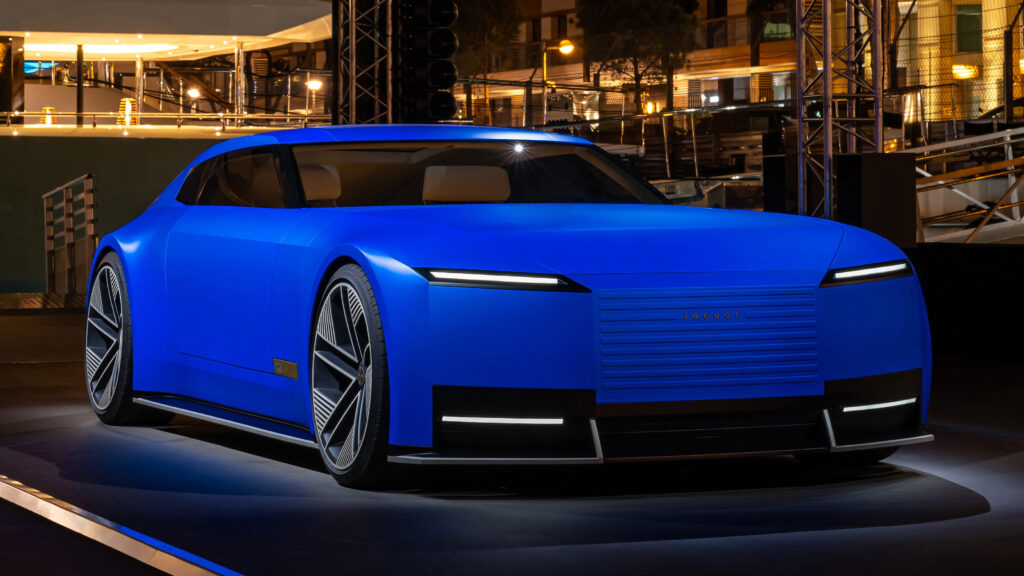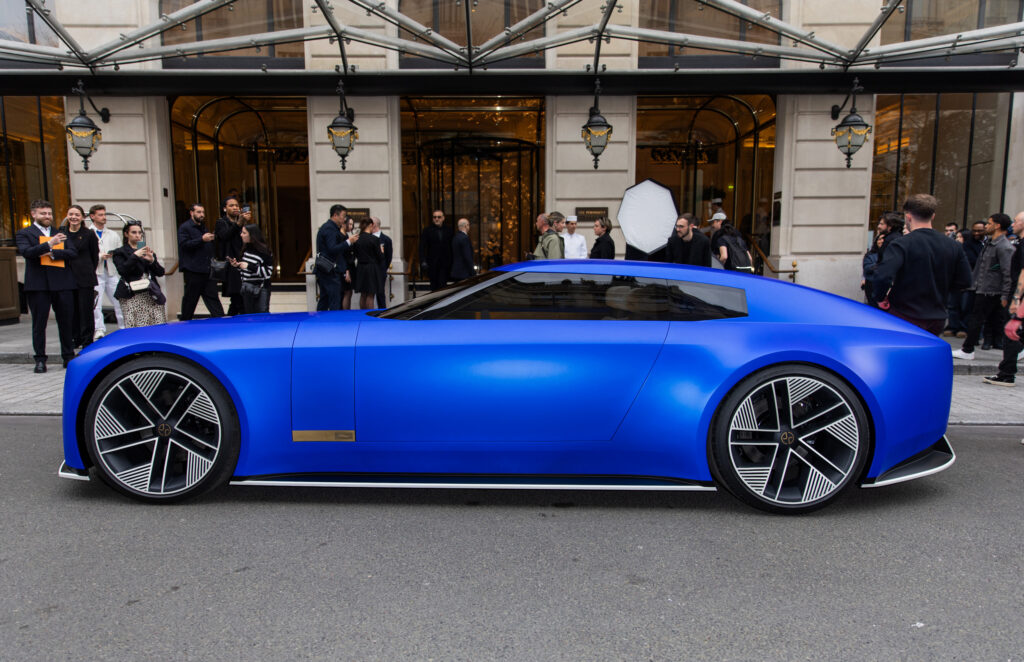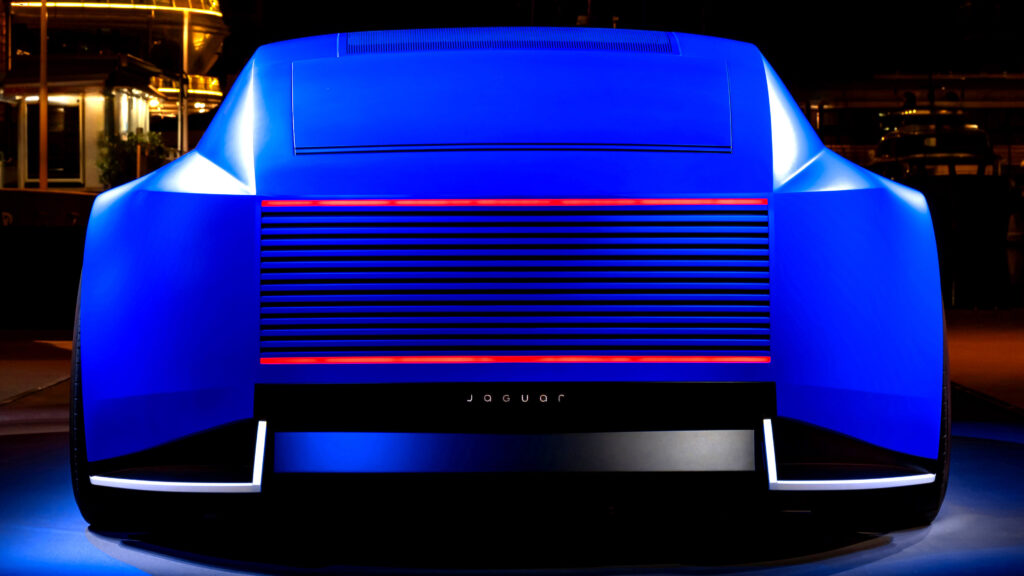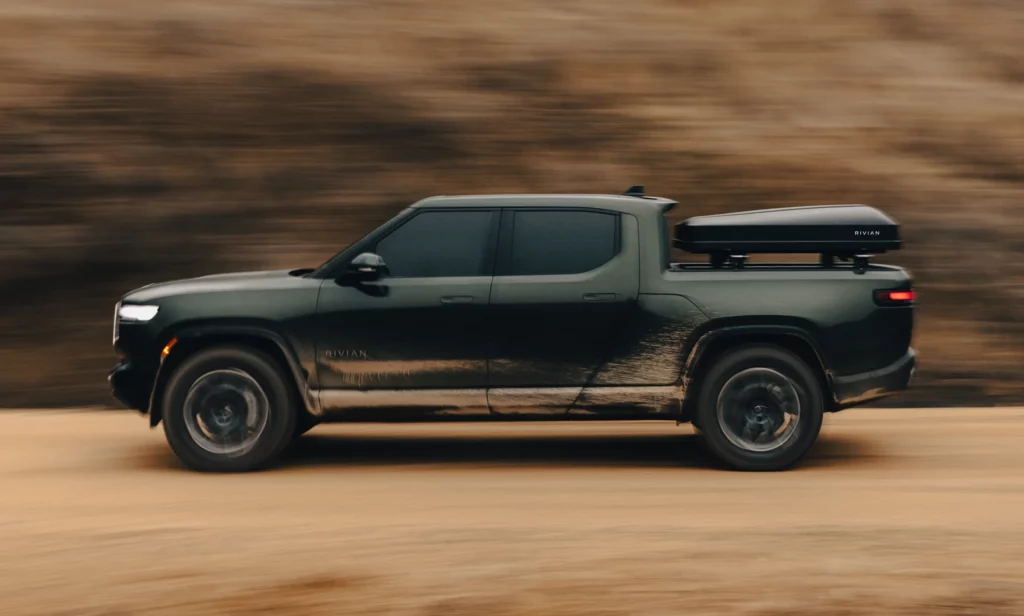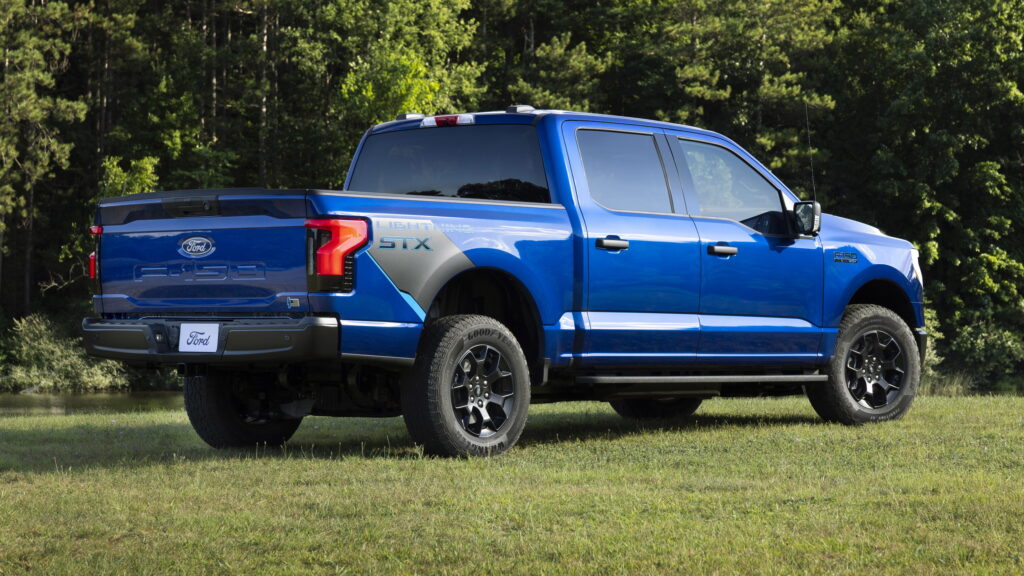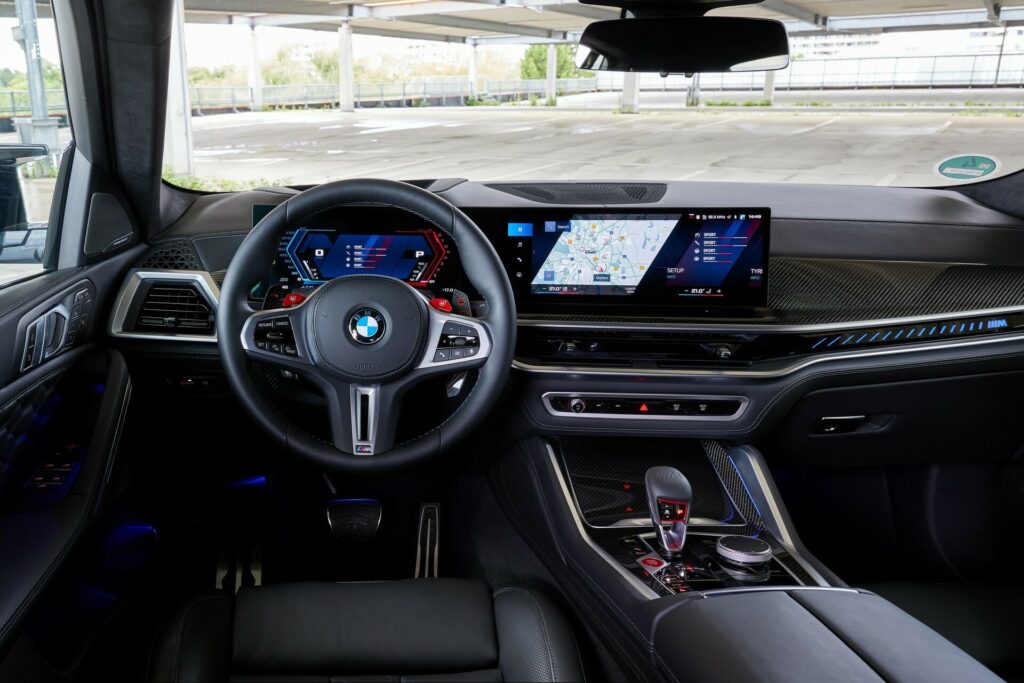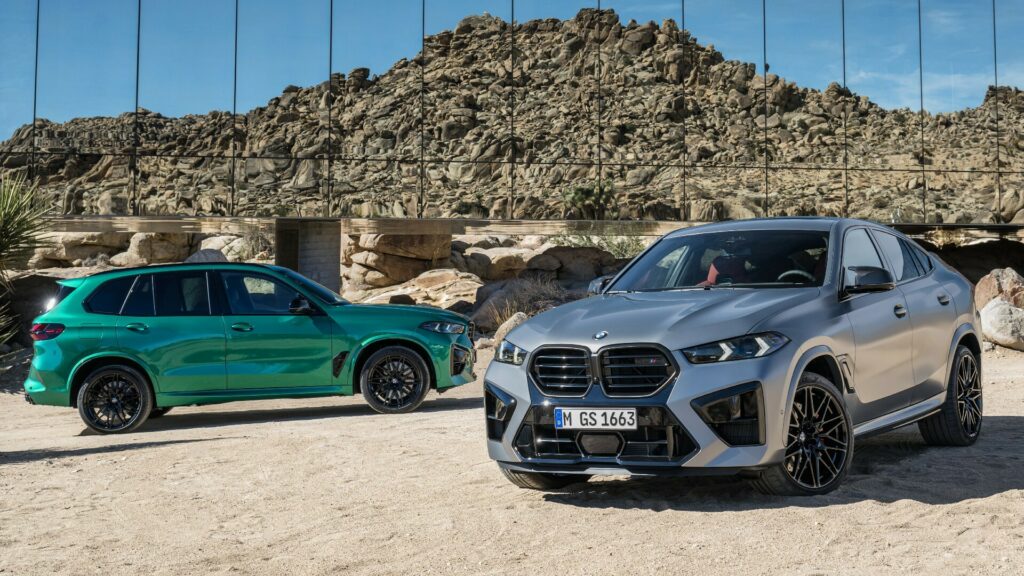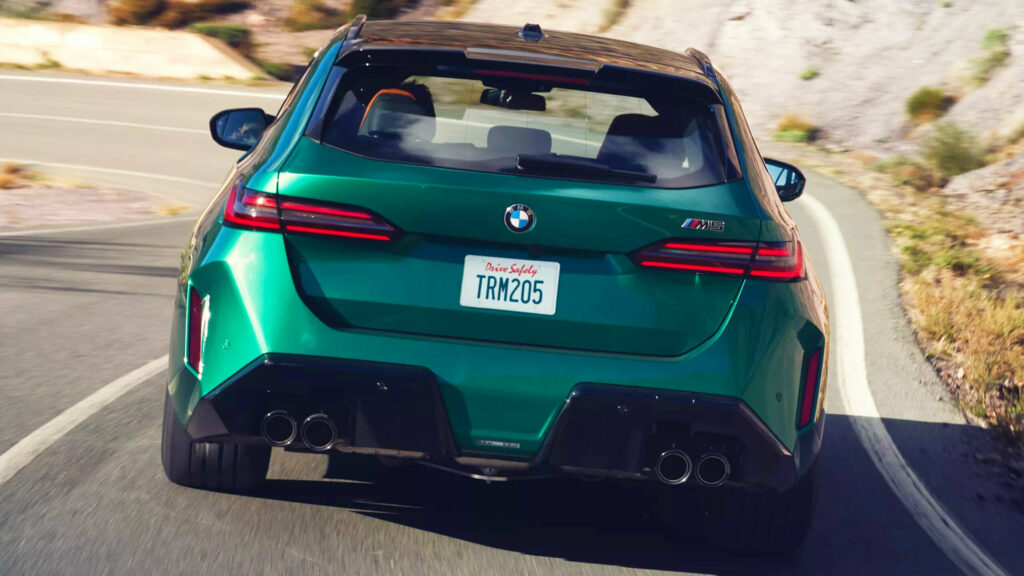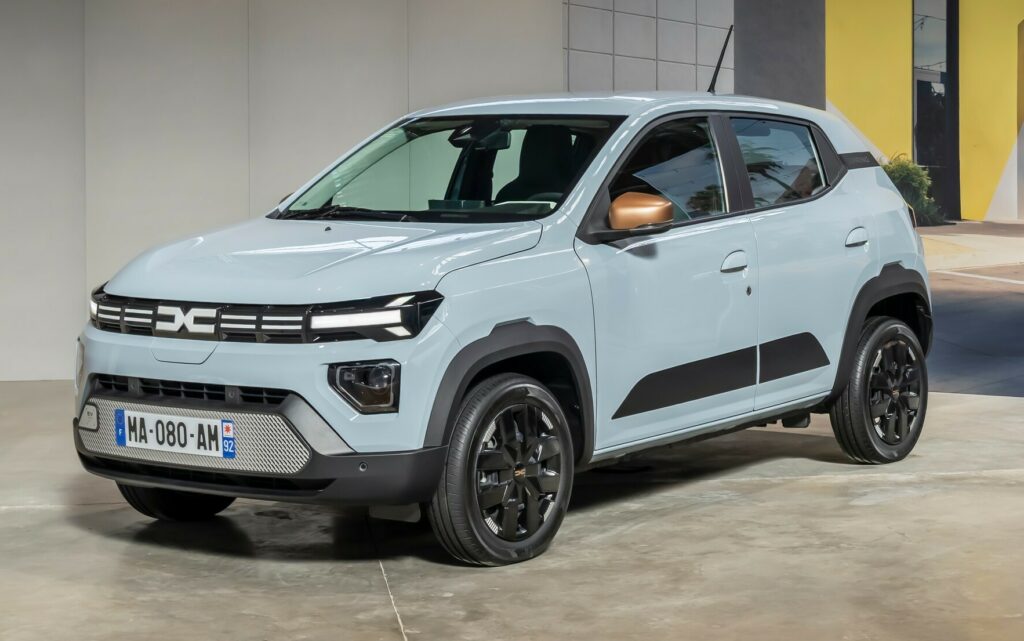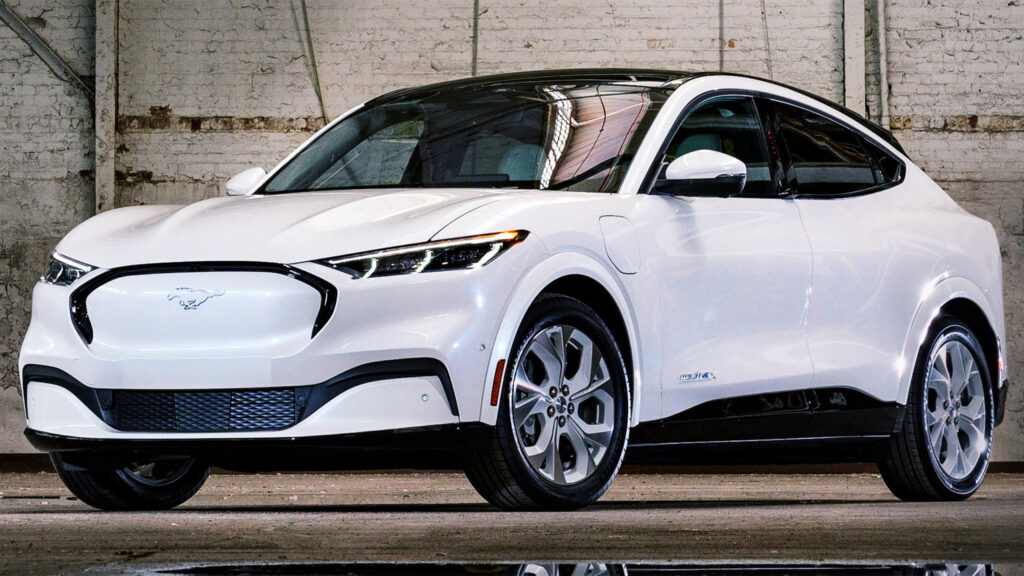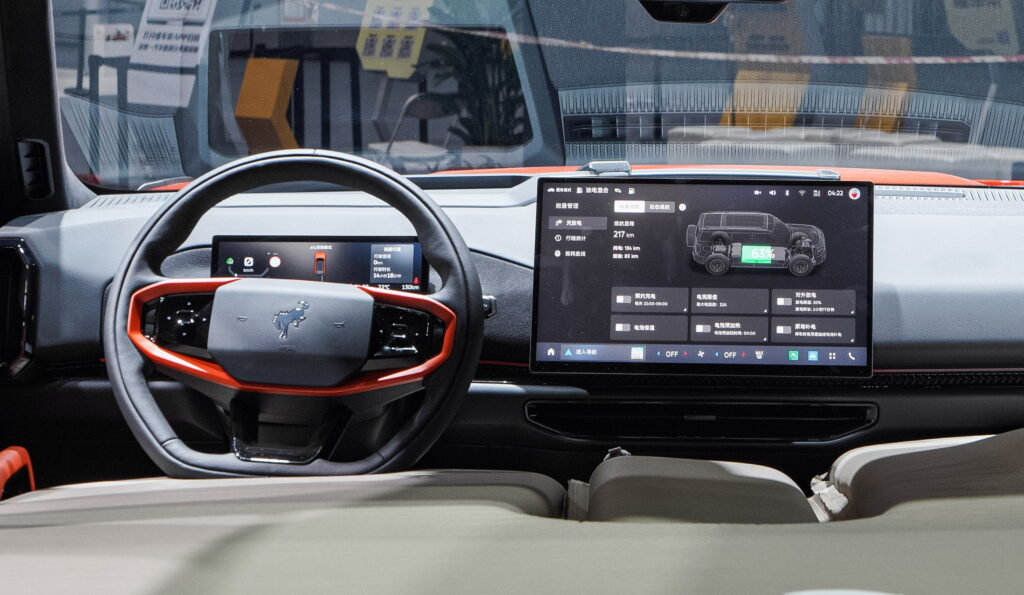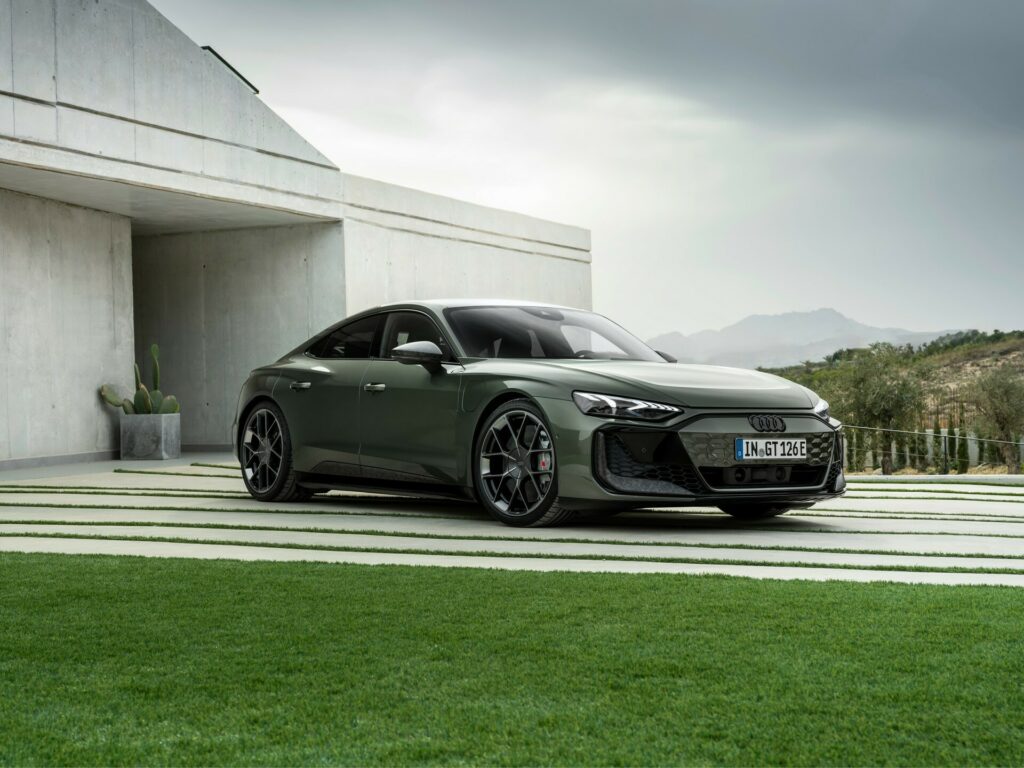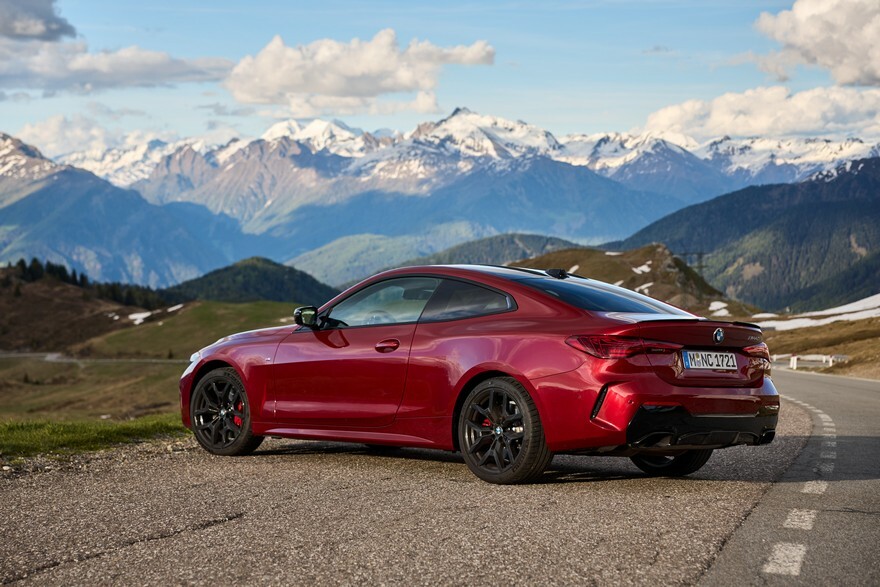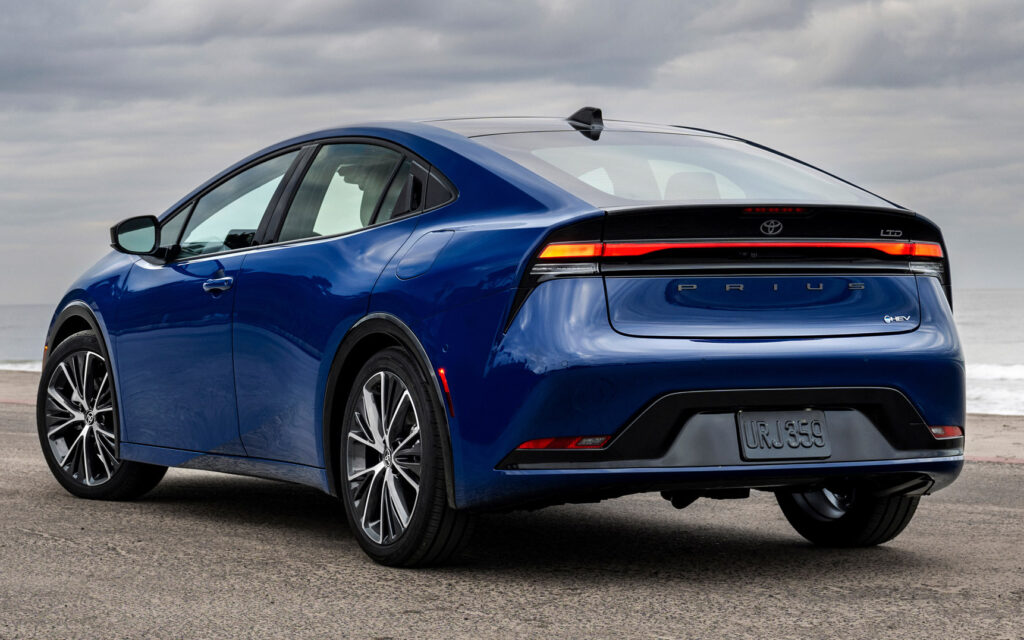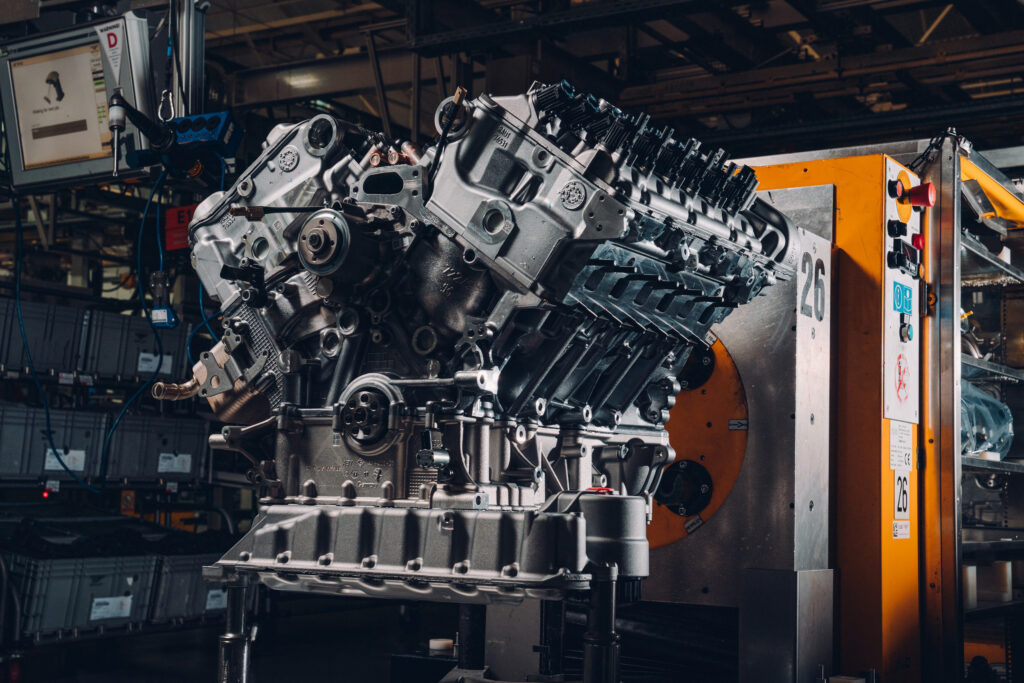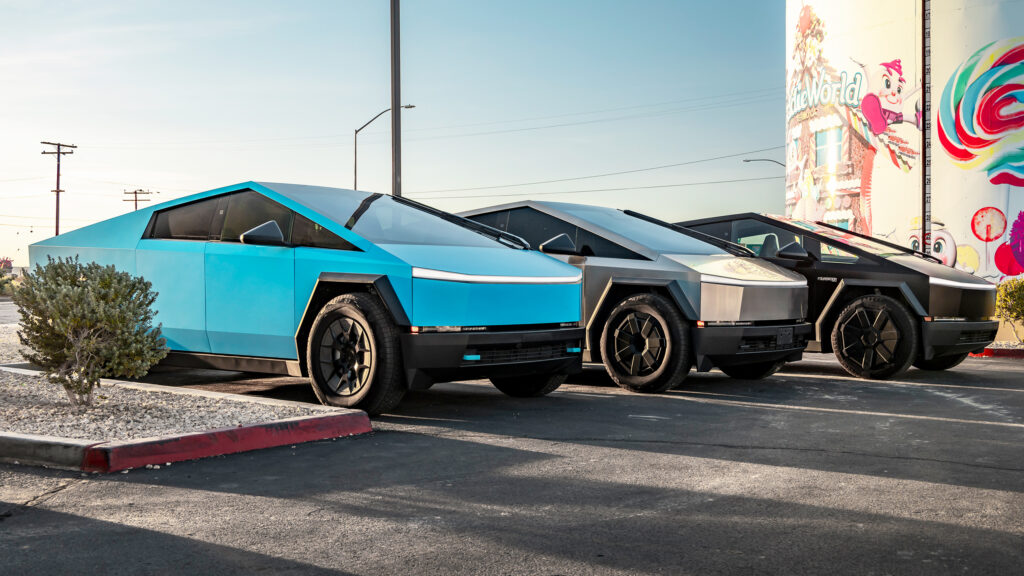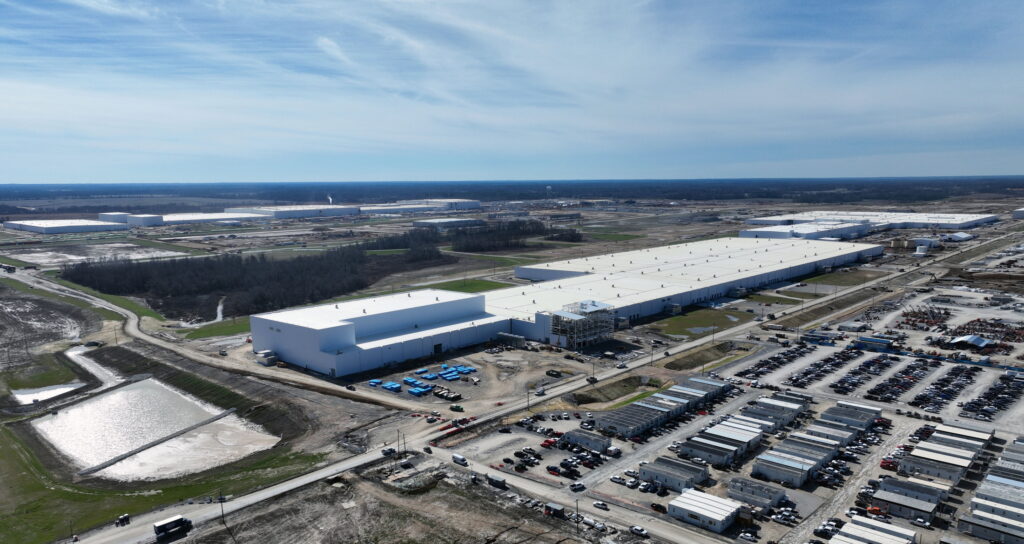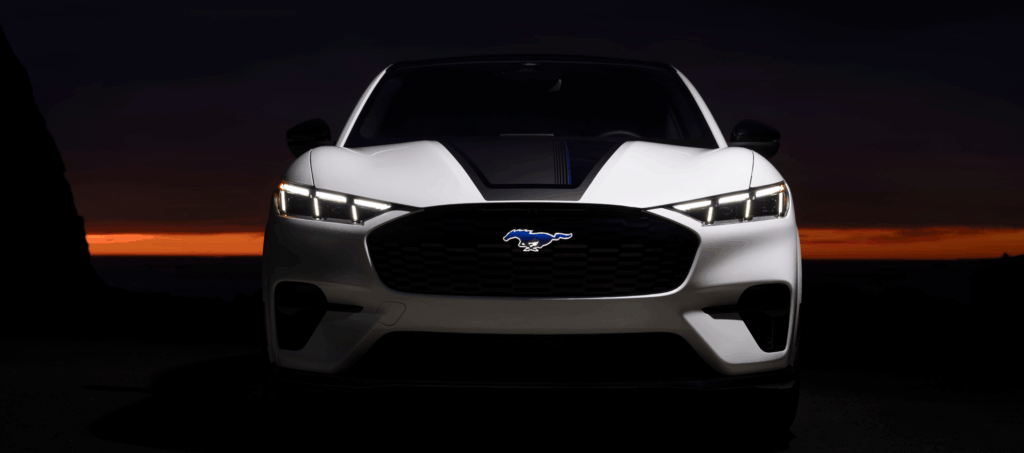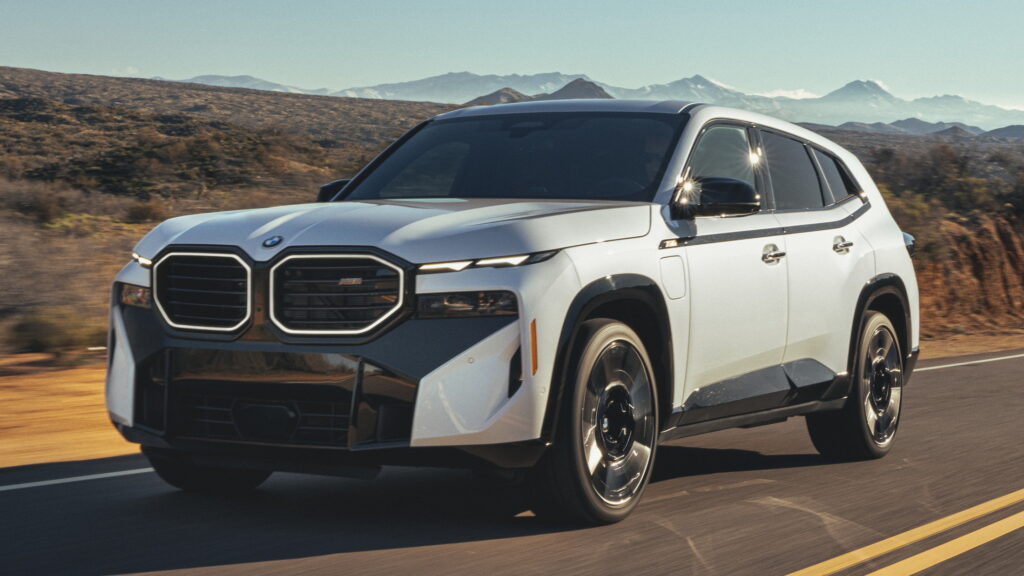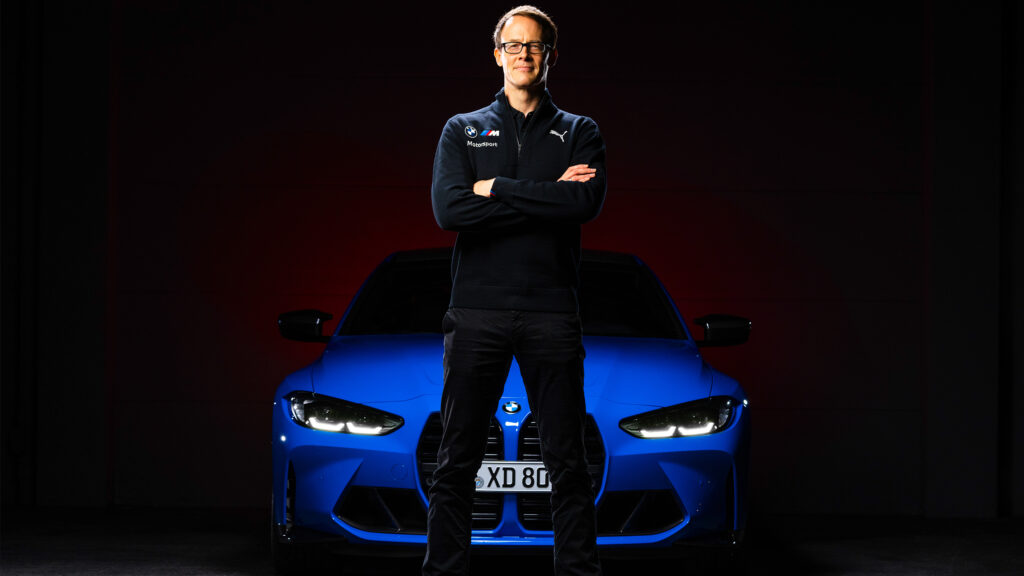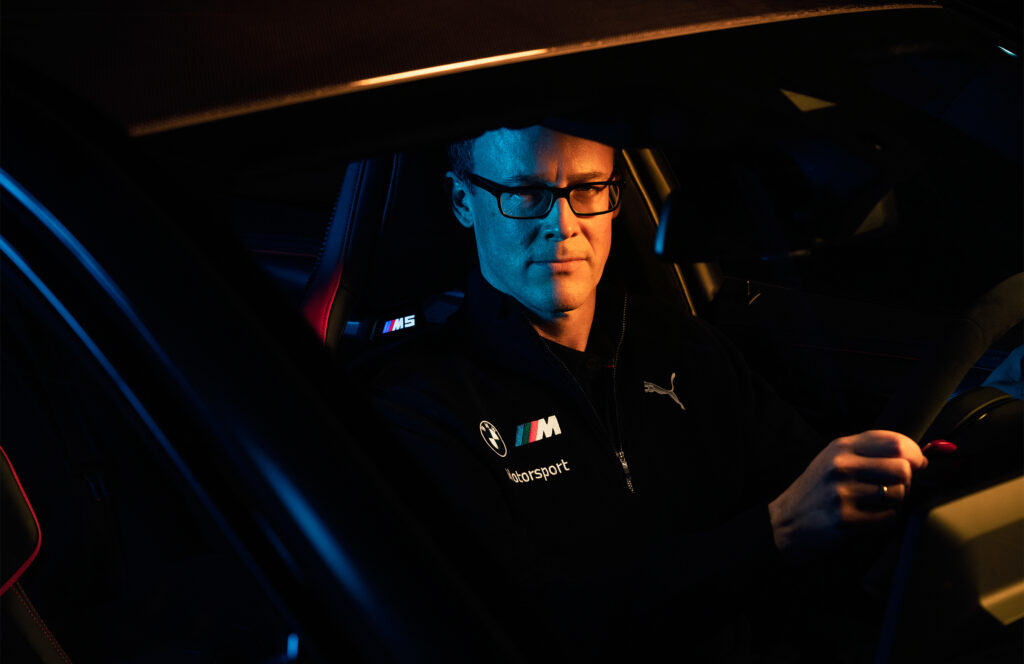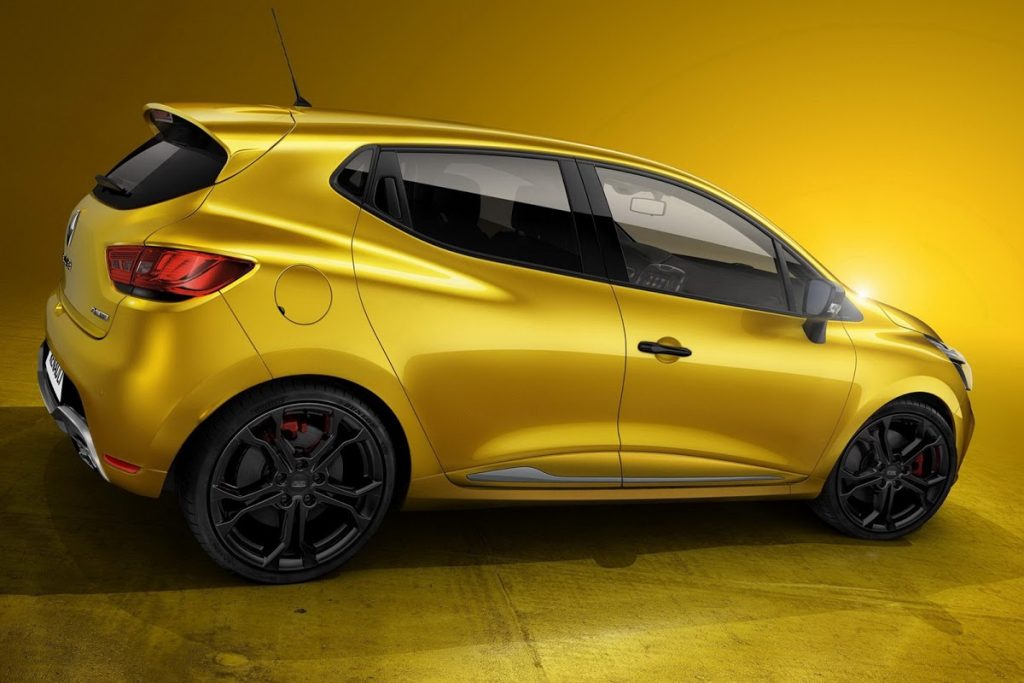The Quickest Porsche Ever Just Faced A Brutal Reality Check At Auction
- Porsche’s 1,019 hp Taycan Turbo GT failed to meet reserve price.
- EV depreciation hit hard, echoing trends in luxury segments.
- Faster than Plaid and SF90, yet buyers barely showed interest.
It’s far from unusual for high-performance models from Porsche’s exclusive GT division to appreciate in value the moment they leave the showroom. That’s been the case with the current 911 GT3 RS, and it’s often true for limited-run, motorsport-infused builds.
But the electric Taycan Turbo GT isn’t following that playbook. Despite its credentials, it seems to be moving in lockstep with the value drop seen across the wider Taycan range.
Read: Taycan Goes Full Psycho Mode To Steal Porsche’s Lost Record From Xiaomi
The standard Taycan, just like its corporate cousin from Audi, the e-tron GT, has taken a beating in resale value since launch. EVs in general depreciate faster than most combustion cars, but the Taycan has faced a particularly steep drop.
Earlier this week, a near-new Taycan Turbo GT went up for auction and came in a staggering $82,000 below its original MSRP before the bidding stopped.
A Bad Day for Taycan Values
Bring a Trailer
The high-performance sedan was listed for auction on Bring a Trailer by Gaudin Classic, a Porsche dealer in Nevada. Prior to the auction, it had never been sold to a private owner and had just 141 miles (227 km) on the clock. It is also equipped with the Weissach package that includes a fixed rear wing, no rear seats, and more pieces made from lightweight carbon fiber.
A look at the car’s window sticker reveals it has an MSRP of $238,300, bolstered by nearly $10,000 in additional options. Among them is a $2,950 Shade Green Metallic paint finish, $1,380 satin black wheels, and $1,760 race-tex-finished inner door-sill guards. As Taycans go, this one ticks every box, but the final bid landed at just $167,000.
Harsh Market Reality
According to the seller, bidding came close to meeting the reserve, and they plan to negotiate with the top bidder to see if a deal can still be made. Whether or not it sells, the takeaway is as clear as ever. That’s a brutal level of depreciation for a car that hasn’t even gone through its first full charge cycle.
For as impressive as the Taycan Turbo GT is, there may not be many buyers eager to spend that much on a track-focused electric sedan that, for most owners, will likely never see a circuit. The Weissach package also means it has two fewer seats than some 911s, so it’s not exactly practical either.

What Makes This EV Special?
To be fair, the specs are hard to argue with. The Taycan Turbo GT uses dual electric motors to deliver 1,019 hp with launch control, peaking at 1,092 hp in two-second bursts.
Earlier this year, MotorTrend launched the Weissach model to 60 mph (96 km/h) in just 1.89 seconds using a one-foot rollout, making it the quickest car the publication has ever tested in its 76-year history.
Without rollout, the time comes to 2.1 seconds, beating the Tesla Model S Plaid, Ferrari SF90 Stradale Assetto Fiorano, and even the Lucid Air Sapphire.






